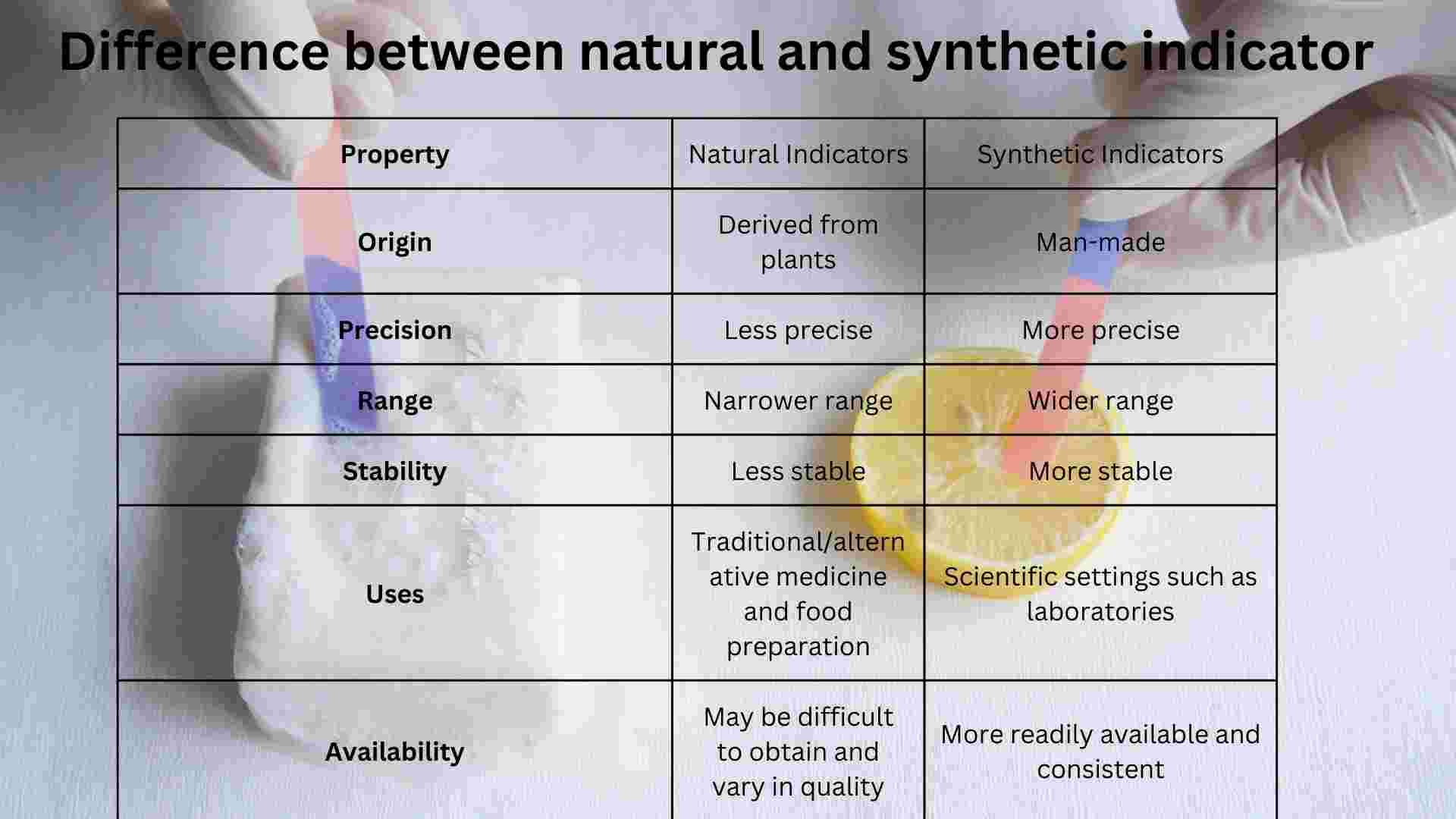Chromatography-Principle, types, uses and History
Written by Adeel Abbas Chromatography is a technique used to separate a mixture of chemical compounds into its components. Definition of chromatography Imagine you have a jar of mixed colored candies, red, blue and green. And you want to separate the candies based on their colors. One way you could do this is by … Read more

